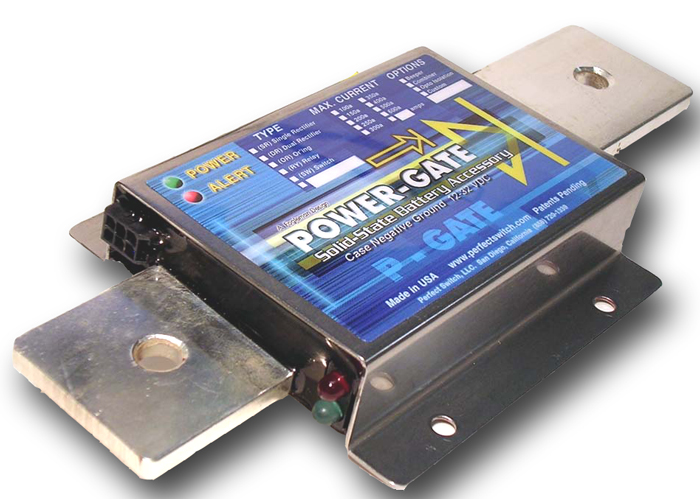Clark White said:
How does that work with charging both battery's while not letting one drain the other?do you have them tied when driving, and then when you stop you untie them?
There are two schools of thought on multiple battery installations. You can directly tie two or more batteries, either with permanent wiring or with heavy duty switches, or you can isolate each battery with a battery isolator, which I believe includes the use of a diode, or one-way electronic bridge.
If tied together without an isolator, both batteries are charged or provide power simultaneously, effectively doubling your reserve capacity. Isolated batteries provide isolated power until switched together, then they act the same as batteries which are merely tied together with cables.
I have been using dual Optima batteries for about 7 years without isolation. In that time, I have had one battery failure. While there is a potential for "dueling battery syndrome" if two or more are simply ganged together, I have not experienced such a problem, always starting with two identical and new batteries. I also don't have dead battery issues from leaving them ganged and parked for long periods. The Jeep is parked more than it is used, and having batteries ganged together does not appear to be an issue.
On the other hand, because of the electrical demands of winching, I have always been leery of using an isolator because of their duty rating. Most use 200 amp components. My winch draws far more than that, and the alternator makes more than that, so I have never tried isolators and switches.

